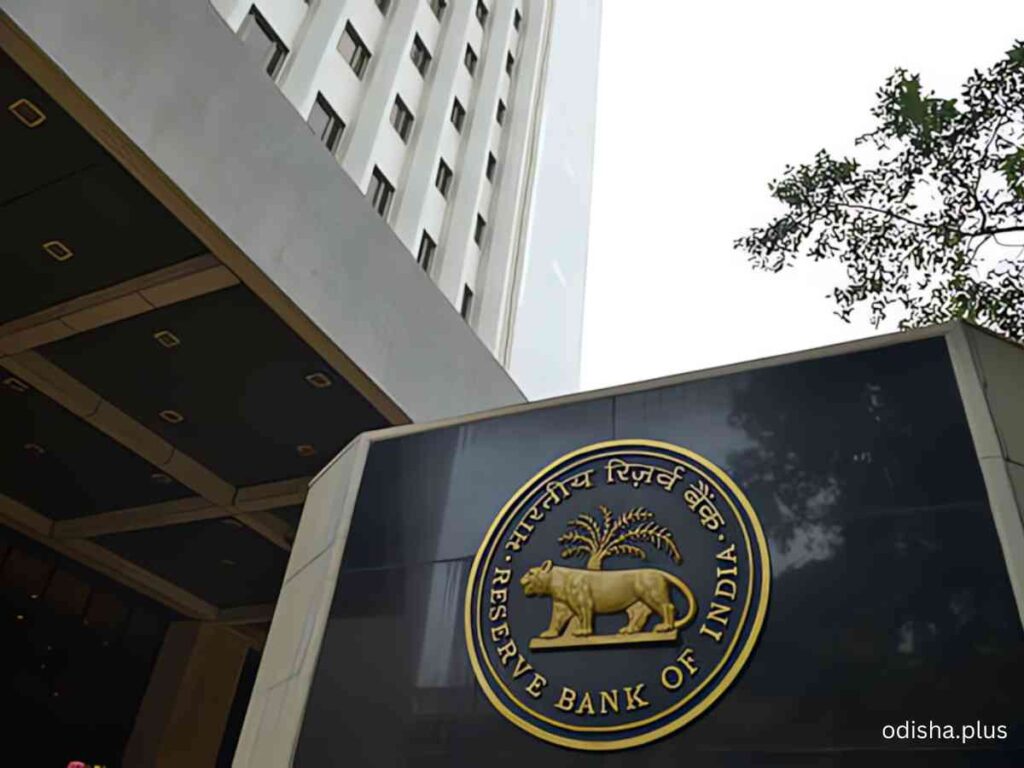April Monetary Policy reflects a strategic shift toward an accommodative stance, aiming to balance inflation control & economic growth amidst global uncertainties & domestic recovery
Suresh Chandra Sarangi

Some have hailed the April Monetary Policy Committee resolution as read out by Governor Malhotra as purposeful. Some are even quite satisfied to say that the policy is balanced and timely. The Monetary Policy Committee, which sat from 7th April to 9th April 2025, resolved to unanimously and unambiguously reduce the rate from 6.25% to 6.0%. MPC has decided to change its stance from neutral to accommodative.
The most important projection is that RBI has slashed the inflation rate by 20 basis points to 4% for the financial year 2026, a very optimistic projection that will augur well with the Indian economy. But the evolving situation in the international arena in the shape of the tariff proposal and ongoing trade war makes it interesting. Due to exacerbated uncertainties and a fluid situation, the MPC has projected GDP growth for the financial year 2026 at 6.5%.
The April Monetary policy, based on the macroeconomic fundamentals of the nation’s economy and the topsy-turvy international economy is a welcome policy overture keeping India’s interest intact. The Monetary policy statement, after assessing the current macroeconomic situation, unanimously agreed to reduce the policy rate by 25 basis points, with immediate effect.
It also decided on the standing deposit facility under the liquidity adjustment policy at 5.75% and marginal standing facility, a tool used by the RBI to provide banks without liquidity when interbank liquidity dries up, allowing them to borrow funds overnight against approved government securities. This will go a long way in addressing the bank’s urgent liquidity needs. The bank rate has been fixed at 6.25%. This is in tune with the objectives of controlling the CPI inflation at the mandated 4+/-2 percent while supporting growth.
The most important decision before a central bank, and in this case the Monetary Policy Committee, constituted with 6 members, three from RBI and three from outside, is to maintain a trade-off between growth and inflation. Against an anticipated growth at 6.5% for a full year 25, the committee dwelt upon the idea of settling growth at 6.5% for the future, that is, 2025- 2026.
Of course, the same was based on certain basic assumptions like continued demand in rural areas, with a take-off in urban consumption, and an increase in government capex, that shall boost growth. It is expected that there will be a higher capacity utilization going ahead that will support growth. With an expected normal monsoon, the agricultural growth appears to be satisfactory and in tune with the policy prerogatives.
Global Turmoil
In this context, India’s industrial activities are becoming normal after a recovery. Despite the upheavals in the international economy, services sector growth is on a rebound domestically. However, headwinds from global turmoil may later stoke disturbances in the growth trajectory, and mainly, it may be affected substantially due to the interception of global headwinds. The growth projected for the first quarter is at 6.5%, 2nd quarter at 7%, the third quarter at 3.6%, and quarter 4 at 6.3%. The figures H arrived at after adjusting the global headwinds and many major upheavals may disturb the apple cart.
It would be proper to discuss the other major issues connected with monetary policy, inflation, inflationary pressure, and inflationary expectation. It is very heartening that inflation has come down from 5.2% in December to 3.6% in February. This was owing to a strong seasonal correction in the food prices that was, in the past, jacking up the inflation numbers. Food prices have corrected and are at 21 months low of 3.8%.
The correction has been significant. And the inflation is on account of an uptick in gold prices in recent times, which has been a matter of concern. In the past, food prices have affected the inflation trajectory due to an increase in food inflation. A normal monsoon may help maintain the ability of food prices.
The second advanced estimates point out to a record wheat production, In part with normal monsoon there may be bumper production if nature does not release its fury. If Nature’s fury remains in control, then CPI inflation may remain range-bound with marginal fluctuation, quarter on quarter. This ameliorating development with subdued crude oil prices measures well for macroeconomic stability and be a springboard to growth in the coming days.
The mood in MPC was in favor of and supporting growth. But that can be done with close monitoring of the evolving international macroeconomic situation. Stress test results are not final and are just beginning. India is not too involved or at least not retaliatory towards China in its approach to the tariff war, which may ease the situation for India.
Benign Stroke
But it all depends on how long the trade war continues and what the grave implications for India are. What is more important is the monetary policy transmission and RBI has given proper guidance to the bankers. Going ahead, RBI has to develop a stringent monitoring system and follow-up action. Even economists are sanguine about growth inching up and are expectant of a further reduction of 50 basis points cuts in the current financial year.
The international situation is very fluid. Trump has temporarily dropped/suspended tariffs, as per newspaper reports, on most countries, minus China, for whom it is 125%, and for all others announced a ninety days tariff pause with softening of his audacious tariff proposal and the world gasping for breath may be rejoicing now. The market has not tumped up, and the monetary policy adjustment as the Trump risk made the entire environment gloomier.
However, the policy declarations were along the expected lines. We are in a world besieged by disturbances and full of uncertainties. Much remains to be seen going forward, so far as the trade war is concerned. Overall, the monetary policy was a benign stroke that may ultimately steer growth and control inflation.
(The writer is a former General Manager of Bank of India and currently a visiting professor at KIIT School of Management. Views expressed are personal.)

























